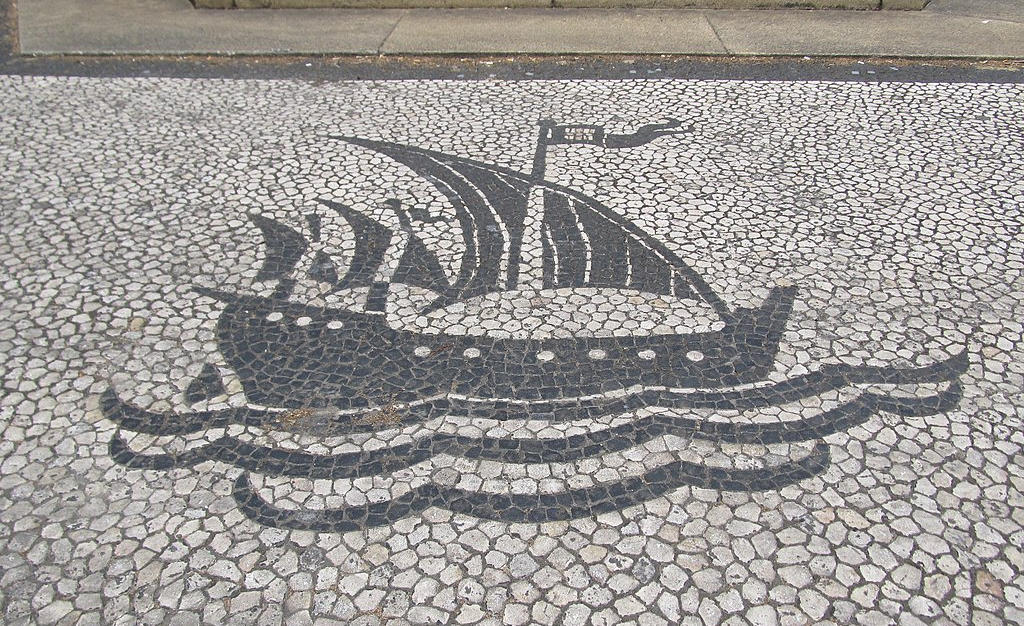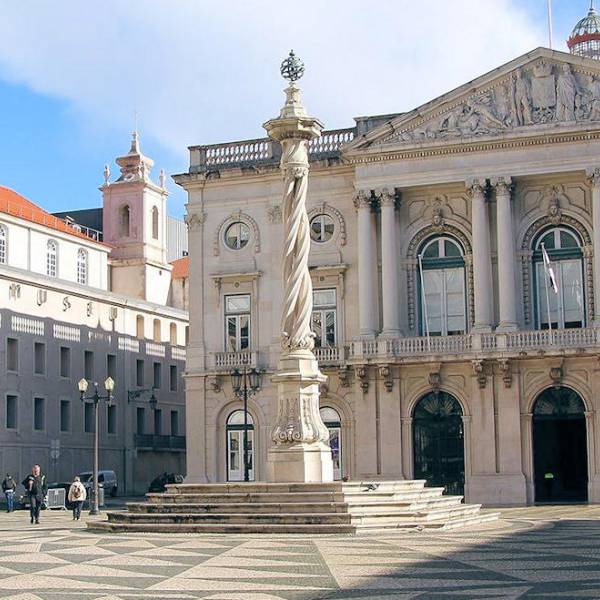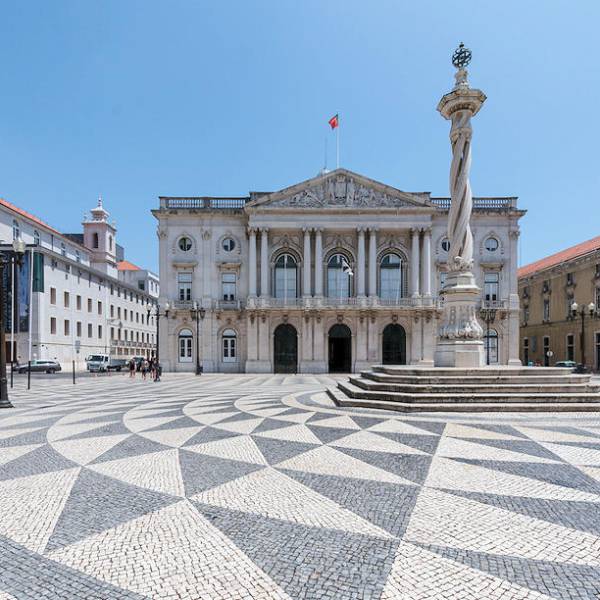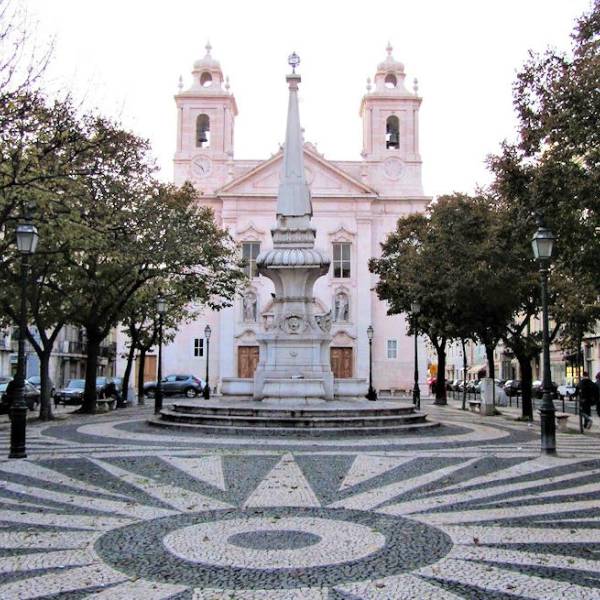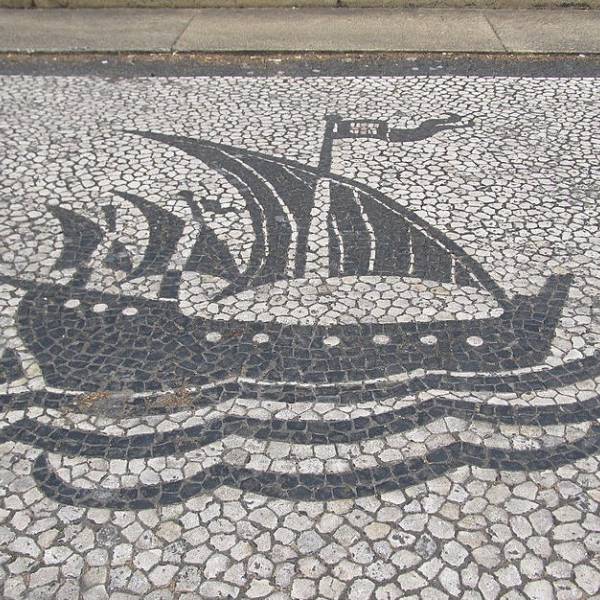The process of creating Portuguese pavement is a labor-intensive one, requiring skilled craftsmen who meticulously lay each stone by hand. The stones used are typically limestone or basalt, chosen for their durability and ability to withstand the test of time. The craftsmen arrange the stones in various geometric patterns, floral motifs, or even depict scenes from Portuguese history and culture.
One of the most famous examples of Portuguese pavement can be found in Lisbon's Rossio Square (Praça de Dom Pedro IV). Here, a wave-like pattern known as "wave pavement" stretches across the square, creating a visually striking effect. Other notable locations featuring Portuguese pavement include Praça do Comércio, Praça do Município, the Alfama neighborhood, and the streets of Belém.
Beyond its aesthetic appeal, Portuguese pavement serves a practical purpose as well. The patterned stones create a non-slip surface, ensuring safety for pedestrians, particularly during rainy or slippery conditions. The art form also helps with drainage, allowing rainwater to flow through the gaps between the stones and preventing puddles from forming.
Lisbon.vip Recommends
Portuguese pavement is not limited to the streets of Lisbon alone. It can be found in other Portuguese cities and towns, each with its own unique patterns and designs. The art form has also inspired similar techniques in other countries, with cities around the world incorporating mosaic-like pavements as a nod to the Portuguese tradition.
To walk on Portuguese pavement is to immerse oneself in the artistic tapestry of Portugal's streets. It is an invitation to admire the craftsmanship, appreciate the history, and experience the unique blend of art and functionality. The intricate patterns and designs tell a story, connecting the present with the past, and adding a touch of beauty to the urban landscape.
In conclusion, Portuguese pavement is a remarkable art form that transforms the streets of Lisbon into an open-air gallery. Its meticulous craftsmanship, diverse patterns, and cultural significance make it an integral part of Portugal's identity and a captivating feature of its urban landscape. So, next time you wander through the streets of Lisbon, take a moment to appreciate the artistic tapestry beneath your feet and let the beauty of Portuguese pavement inspire you.


